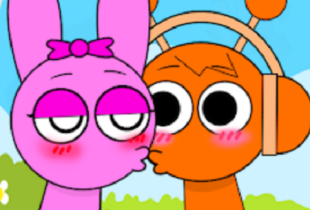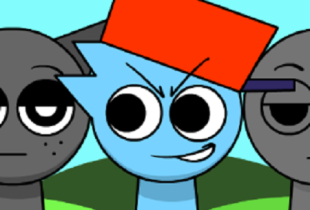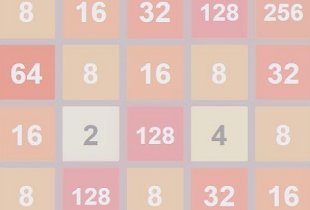Game description:
Musical Tiles is an interactive rhythm game where the player's actions are guided entirely by sound and movement. The concept is simple: tap the tiles that appear in rhythm with the music. But beneath the surface, the game challenges coordination, anticipation, and timing as tracks speed up and patterns evolve. Each session is different depending on the song selected, and every performance becomes a mix of reflex and focus.
Tile Interaction And Musical Flow
The core of the game revolves around responding to music through visual prompts. Tiles move along the screen in sync with beats and melodies, and players must respond by tapping, holding, or sliding based on the shape and color of each tile. Timing is critical. A missed note can interrupt a combo streak, while a perfect sequence raises the score multiplier. As the music progresses, the density of tiles increases, testing a player’s ability to stay locked into the rhythm.
What Shapes The Gameplay Experience
Musical Tiles stands out for its adaptive system and variety of content. Players can choose between different genres, from fast-paced electronic beats to slower, melodic tracks. The experience adjusts to the tempo and style of each song, meaning gameplay isn't just about tapping quickly—it’s about interpreting the flow of music through motion.
Main elements include:
· Different tile types that require taps, swipes, or holds
· Music that drives difficulty and speed
· A customizable background system
· A progression system based on song completion
· Offline play for solo sessions
Presentation And Replayability
The visuals are crafted to keep attention on the tiles without clutter. Each song has its own lighting effects or subtle animation changes that match the tone. The interface remains clean and readable even during more chaotic sections. Every replay gives a chance to improve timing, chase a higher score, or explore how a different rhythm feels under pressure.
Musical Tiles is designed as a rhythm experience that favors intuition and repetition. It encourages players to engage with songs not just as listeners, but as participants. The satisfaction comes from syncing action to sound, finding the beat, and gradually building mastery. Whether in a short round or an extended session, the game keeps the player immersed in music-driven motion.
























































































































































Comments